Last week I wrote about some ways that you can observe whether your child is a sensory seeker or a sensory avoider. Now, I’ll provide some activities and tips you can try at home and school for the sensory seeker. While the child who seeks sensory input might constantly be seeking movement to gather sensory information from the environment, it is also important to teach this child strategies to calm. There are some environments in which moving just isn’t an option. Let’s start there…
How to help the sensory seeker find calm…
teach deep breathing- a balloon is helpful for a visual- describe how the tummy fills up with air and then we let it out of our nose or mouth. Teaching the child to count their breath, trace an 8 on their hand (for the school-age child who can make an 8), blow a feather off of their hand, use essential oils to encourage taking deep inhalations (this may take trying out different scents with your child to find out which they like and which they don’t)
create a mindfulness jar- you can read more about it in my previous blog post about self-regulation
try a weighted lap pad (you can DIY it- fill a stuffed animal with rice or beans by taking some of the stuffing out and replacing it then stitching it up really well) when the child needs to sit on the rug at school or in the car. If you are trying this, or any strategy, it may take a couple of times, even a hand-full of times to introduce it, for the child to understand that it is a tool, not a toy, not something to throw in the classroom…
try a fidget toy for the class at circle time. Again, many teachers might say, “this will be distracting.” The first time, yes it will be. That can be the entire lesson on the carpet- how to sit with a fidget toy. But then each day, it will be less and less of a distracting element and a valuable tool to help the sensory seeker sit without bothering their neighbor, picking at the carpet, pulling on their shoelace. When used as a whole-class approach, the children who need it the most will not feel singled out
My favorite fidget tool is even a smooth rock or those glass vase fillers that the children can rub with their fingers- they are so calming!
Activities for the Sensory Seeker at Home…
Before heading off to school, help your child get ready for their school day with a list to help organize the morning and keep them guided. This can be in the form of “job cards” that they move from one envelope to the next once they’ve done their job with bonus points for “beating the timer” once they have finished the task, run to move their card and run to the next task! Part of their morning “job” should be getting some movement like jumping on the trampoline either for a few minutes- have them do sight words or math problems while jumping and you have just done some brain work and homework! Check! You can also have them jump for shorter increments in between their “jobs.” Figure out what works for your morning routine.
You can also have your child do animal walks to get from one room in the house to another- crab walk, bear walk, walk like a penguin, hop like a bunny. For everyone to get moving, try wheel barrow walks… mom or dad get their workout in too!
When your kiddo comes home from school, it might be very challenging for the sensory seeker to sit down and do their homework right away. Have a crunchy snack to provide some oral sensory input then get moving. Go outside and swing, play a quick game of tag, get on the trampoline again.. then try the list again for the evening routine!
Activities for the Sensory Seeker at School….
My favorite activities for the sensory seeker at school are heavy work jobs. This means that they may carry the basket of lunch boxes with a partner (if the school has the kids place them in a central basket), help the teacher pass out papers, carry books to their peers in the classroom, think anything that might give their body more pressure and provide some of that calming sensory input. Wearing their backpack to school and when you pick them up (rather than mom or dad carrying it) can be a great way to get some of that pressure in as they transition to or from school.
Movement activities also help the sensory seeker. Many schools use a program called Go Noodle to get kids moving. Having the class do desk push-ups as a quick movement break, reach up and touch their toes a few times… these quick movement breaks can re-center the sensory seeker. The child may seem more aroused after moving but this is the perfect time then to introduce those calming strategies- deep breathing, mindfulness jars, some yoga stretches.
These are my favorite yoga cards for kids- just a few of these cards can be a great way to calm kiddos or give them the extra movement they need on a rainy day lunch or recess.
Teaching the sensory seeker to ask for a water break when they need to move or a bathroom break can help educate them about their sensory system and sensory needs. Some teachers may complain that this child is always up out of their seat, sharpening their pencil, getting water, asking to go to the bathroom. This tells you a lot about their sensory needs so developing a method for them to meet these needs without disrupting the class is key. It could be moving their desk to the back of the classroom so that they can stand at their desk. We offer these options for adults, so why not kids?! Have clipboards as an option- movement does not always mean that the child is not listening, rather they need to move to listen!
Educating teachers about these strategies can help the sensory seekers in their classroom be more attentive and participatory rather than disruptive.
Here are some of my go-to books for sensory activities and information…
So tell me, what strategies do you find helpful at home and in the classroom for your child?
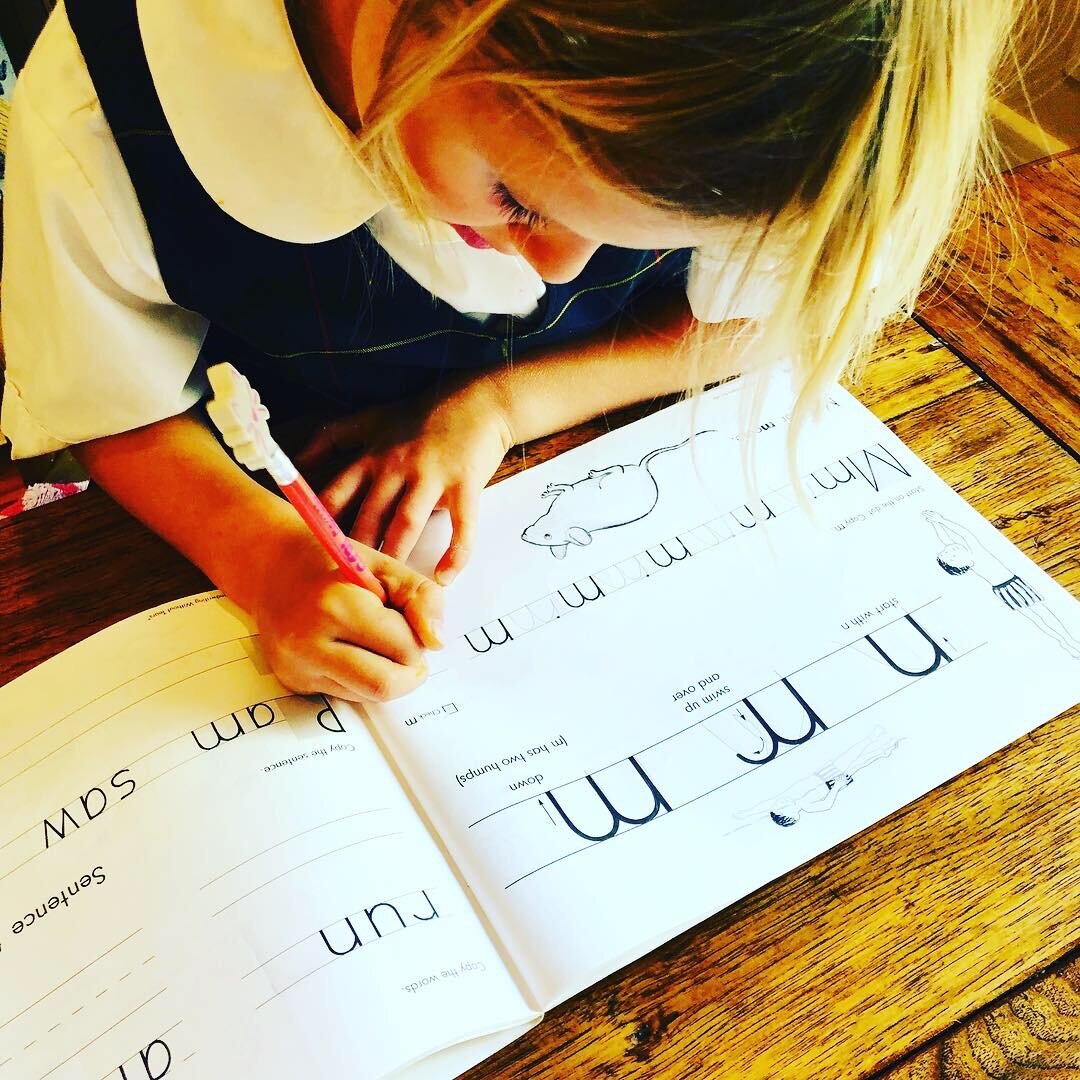





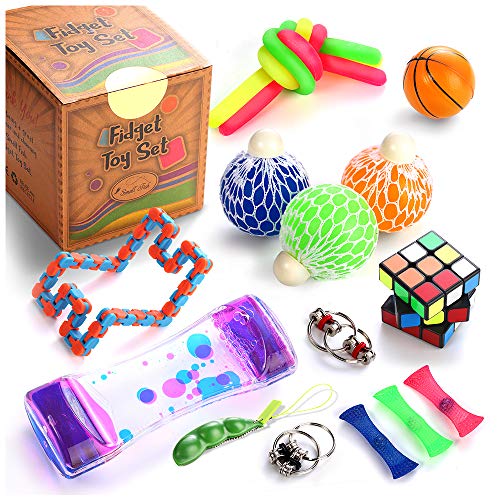














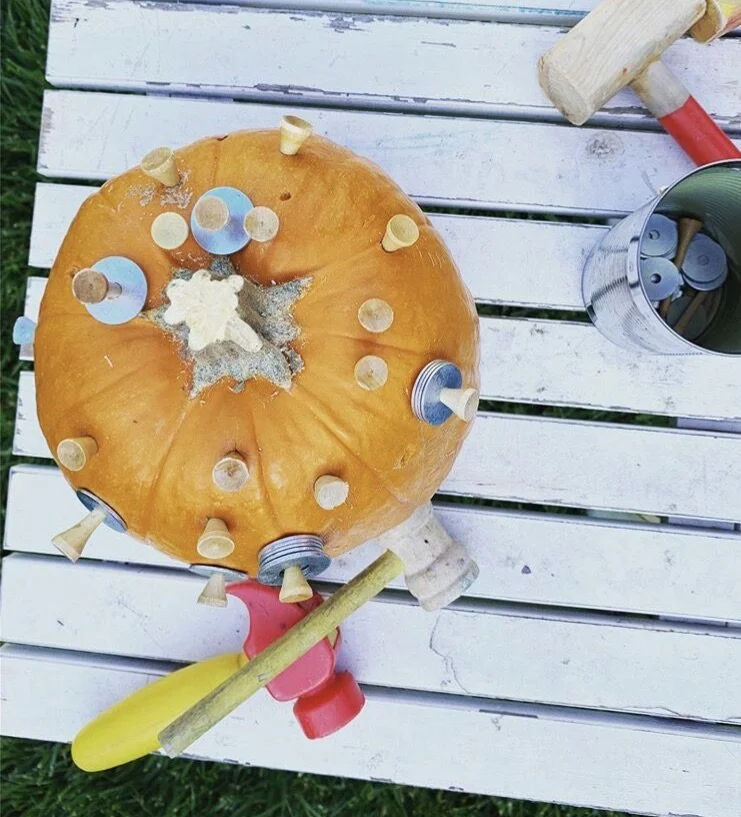







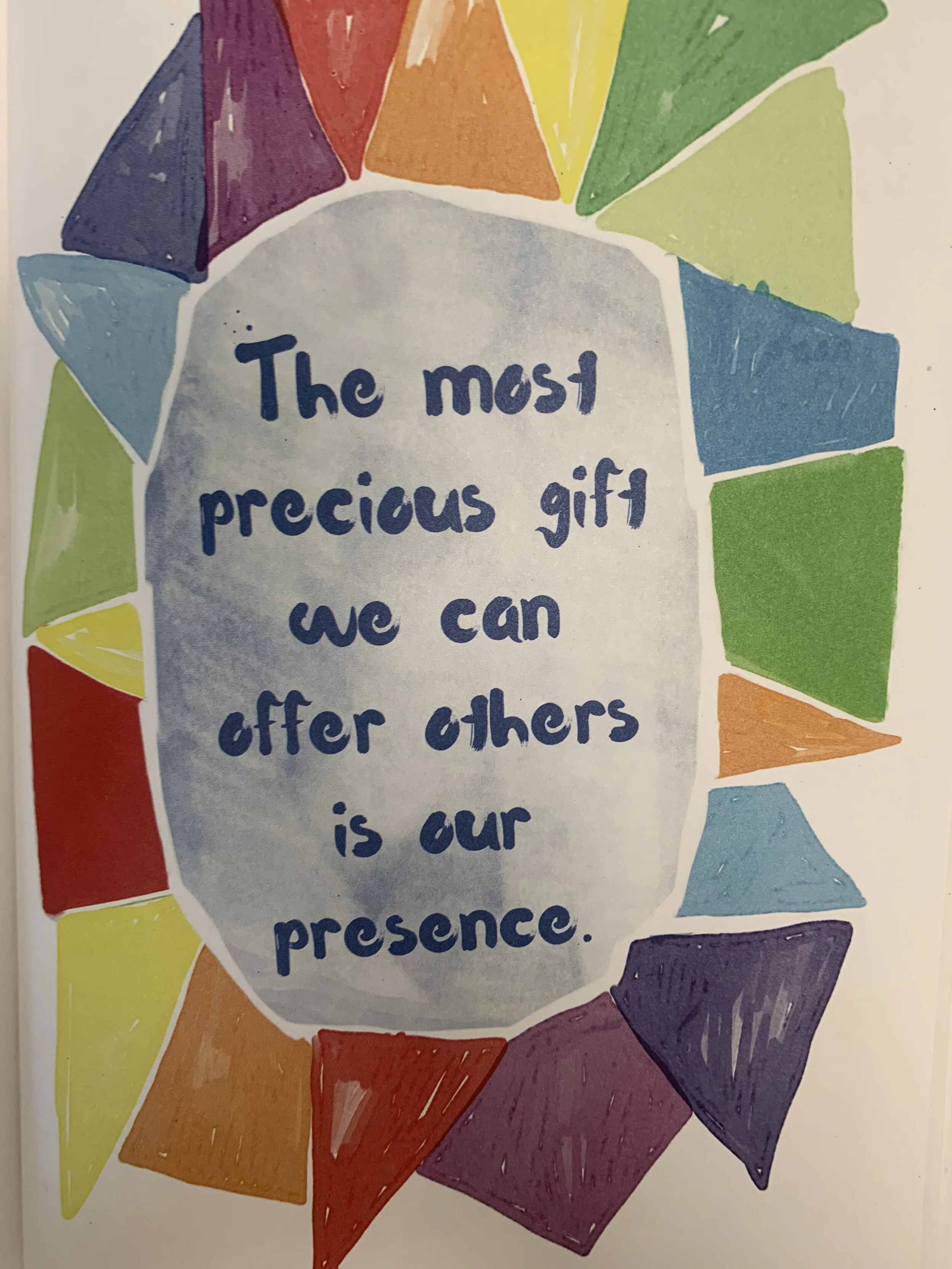

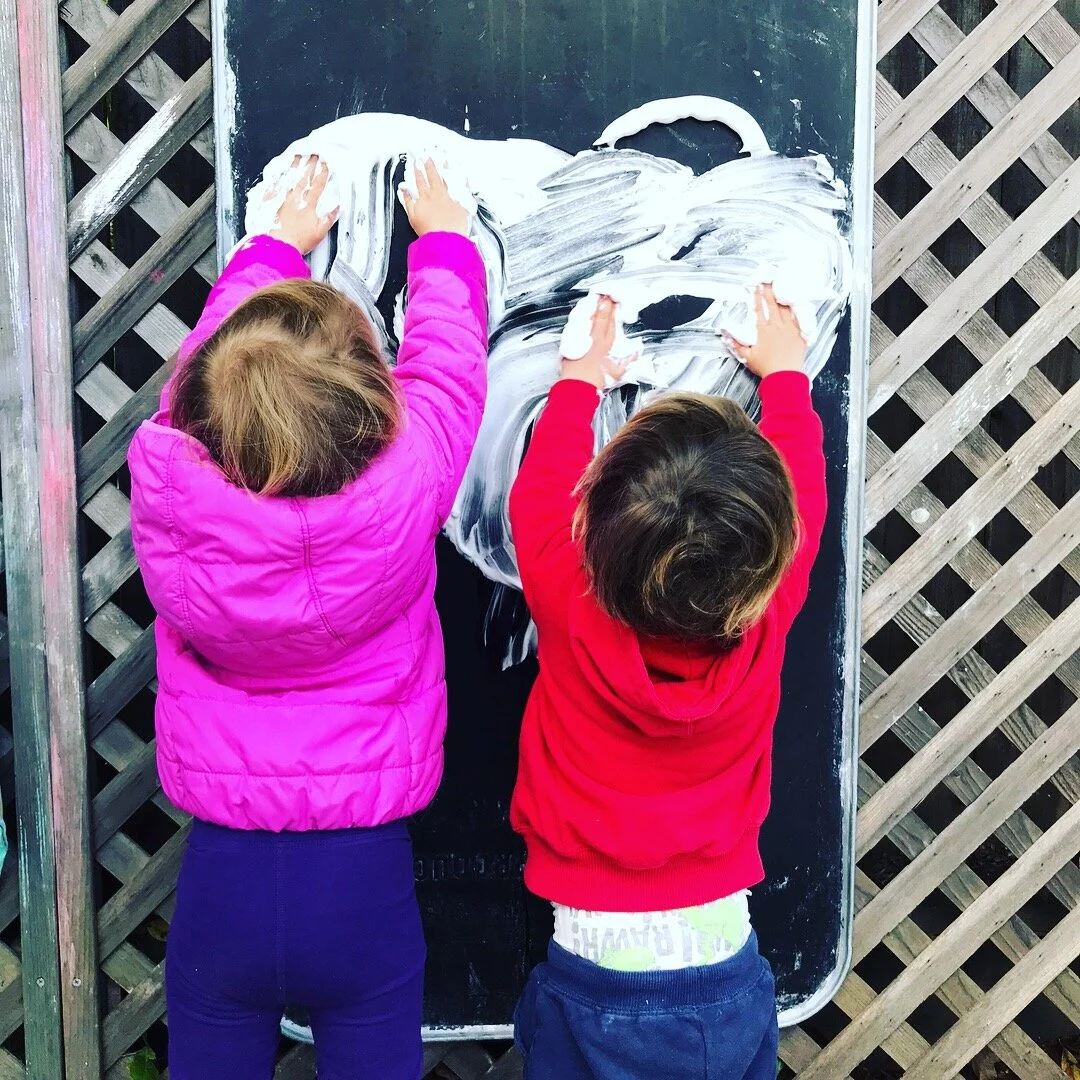

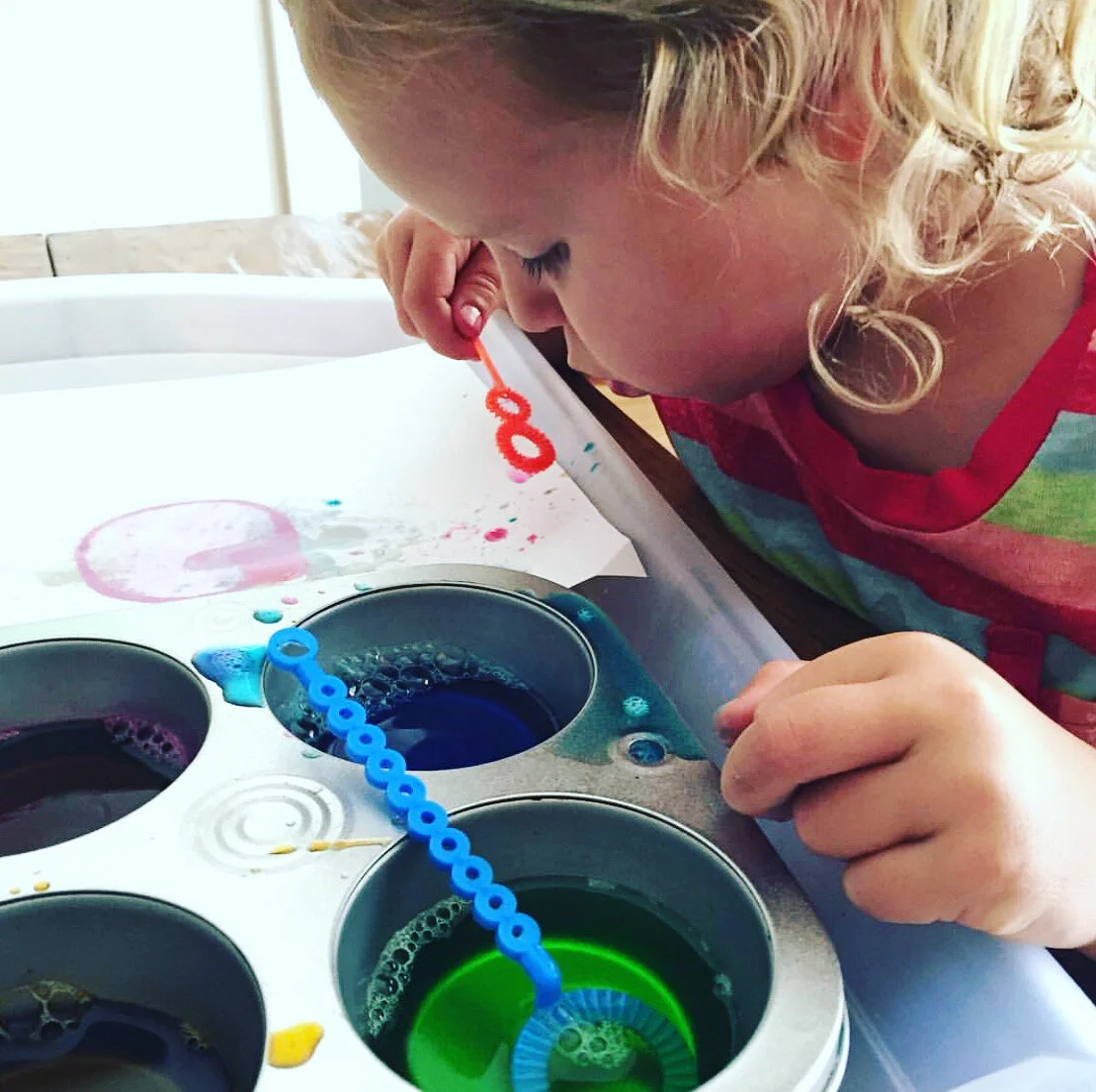



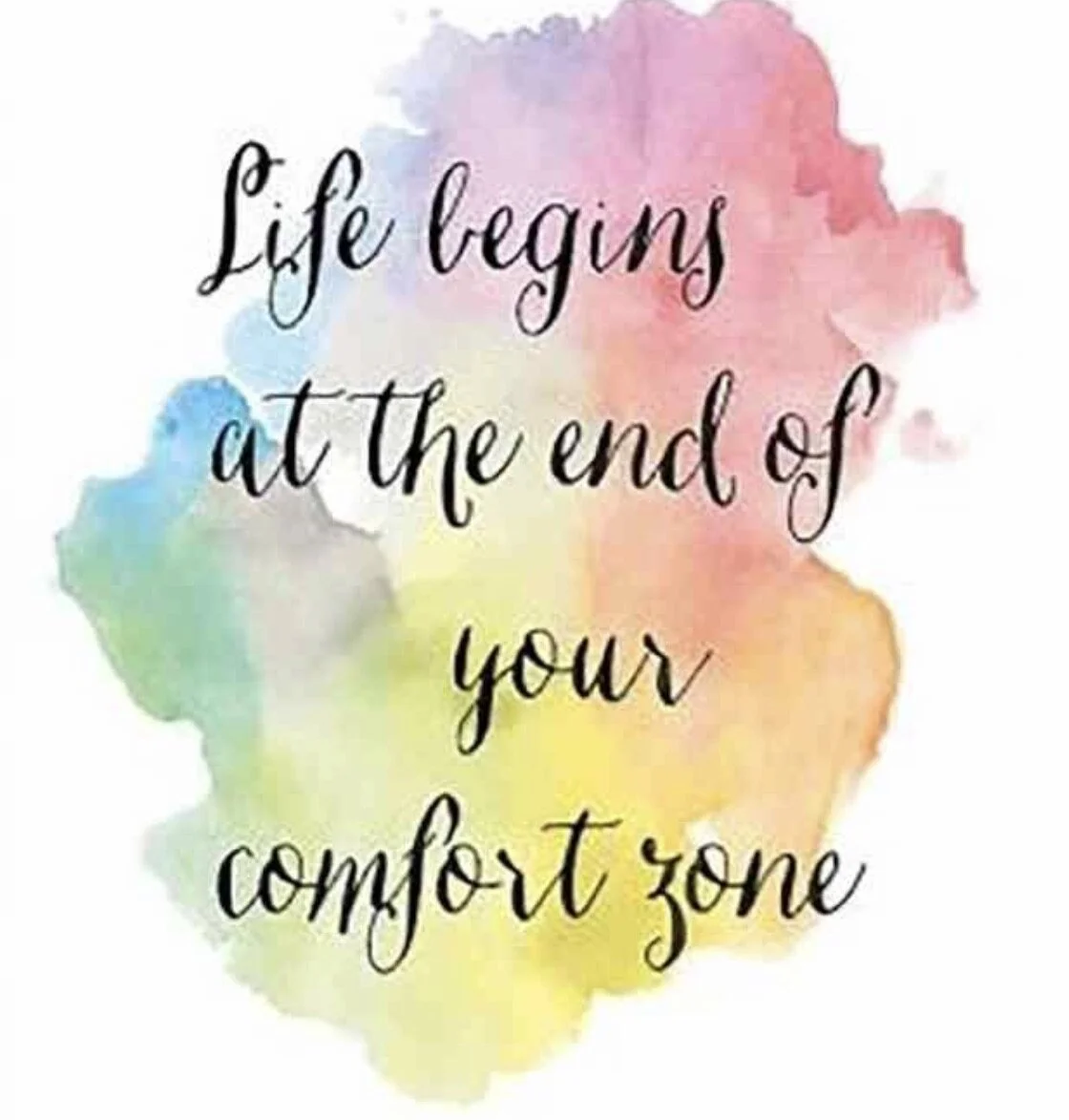
A look at some of the reasons why handwriting is important